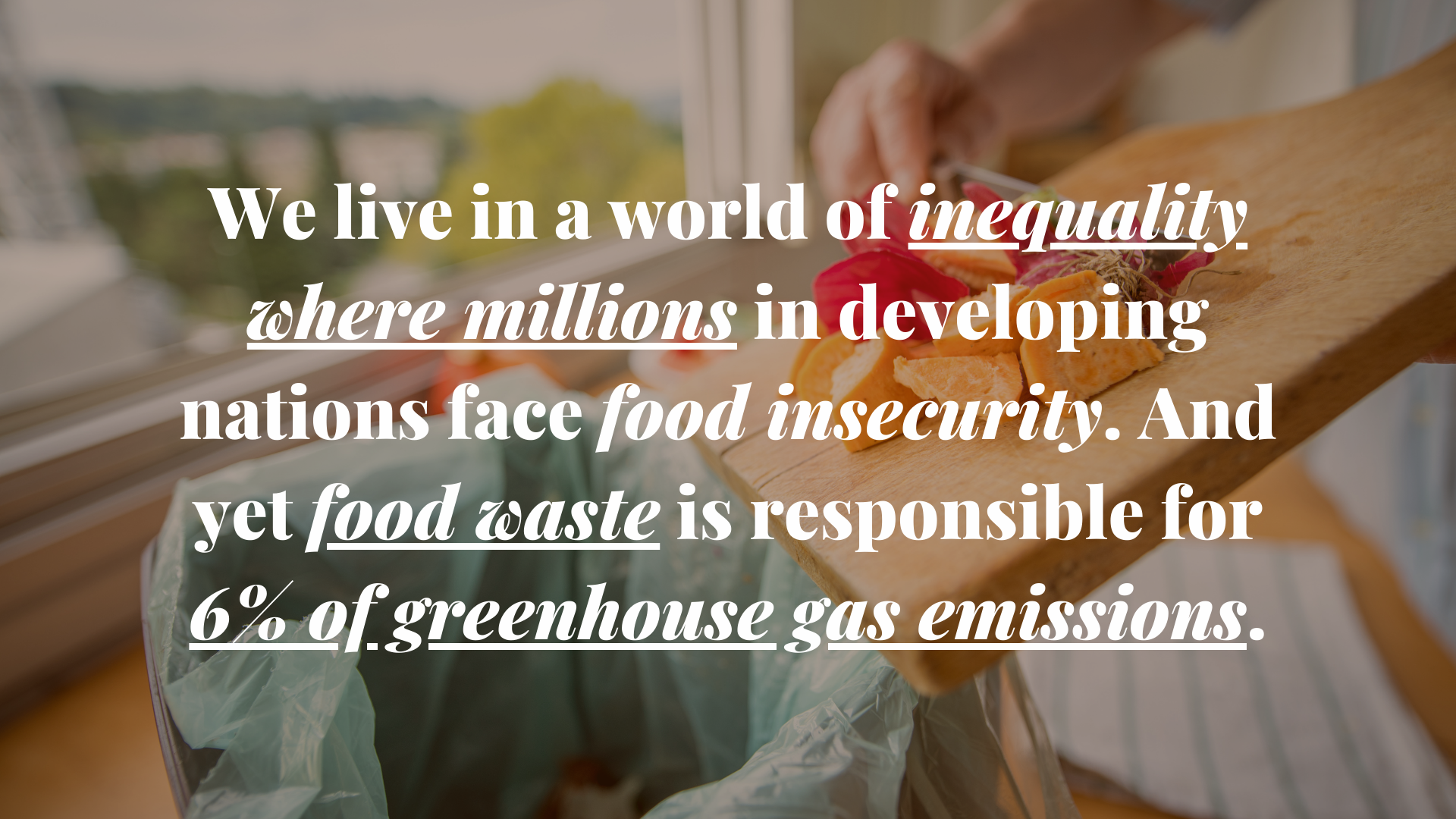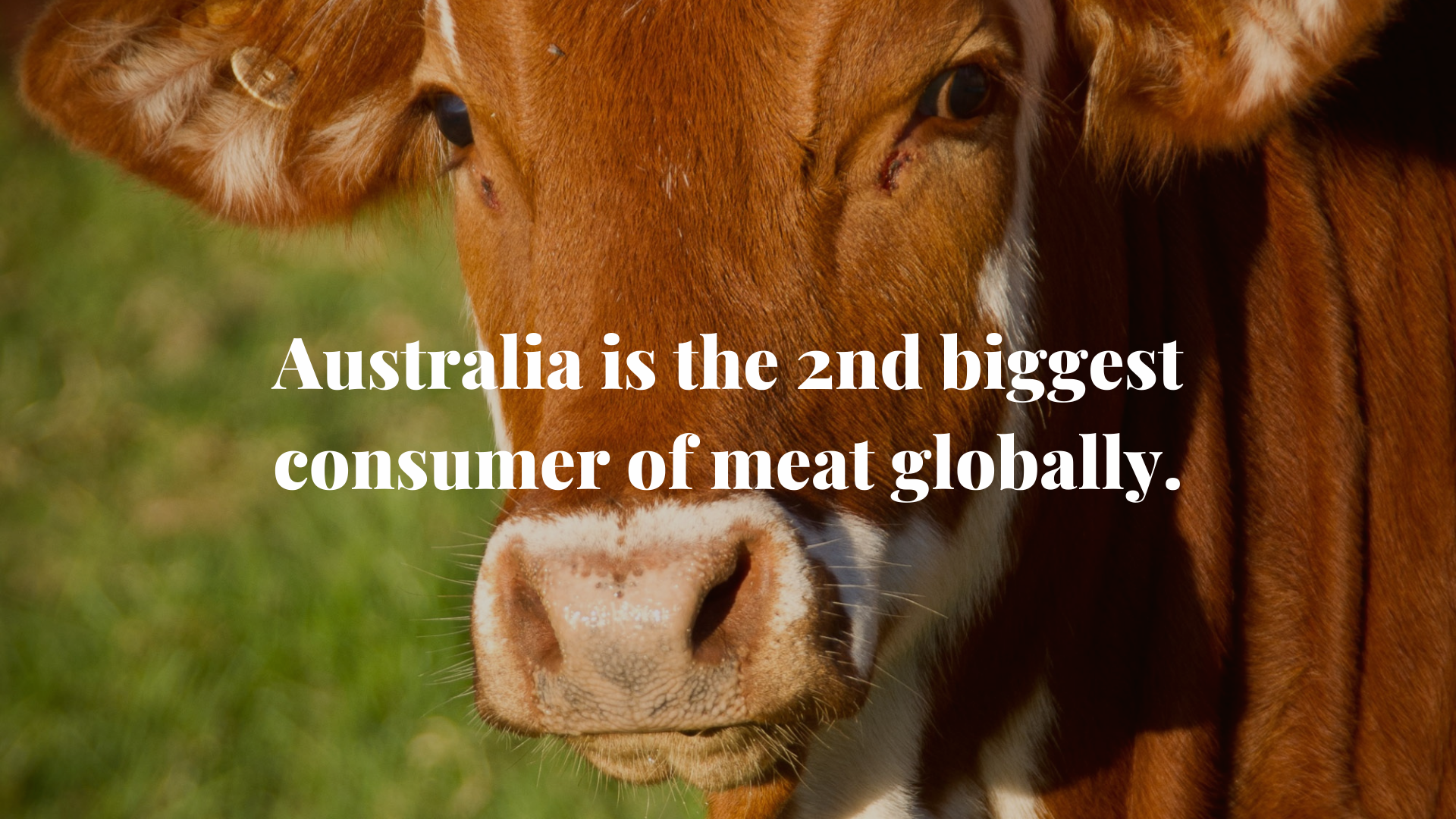Welcome to Week 4 of the Carbon Challenge.

Congrats on making it to Week 4 of the Carbon Challenge! This is the final week of our educational blog posts aimed at helping you learn a few useful tips on how to reduce your impact.
Good on you for getting this far. Taking the time out to educate yourself is the most important thing you can do to help our planet.
Most Aussies have felt the impact of a drought and the repercussions of water restrictions. It's important to monitor your personal water usage, but also be conscious of the water used behind the scenes of your every day behaviours. The fashion industry, for instance, is a major culprit of unnecessary water usage.
According to the UN, one pair of jeans takes 7,500 litres of water to make – a number that includes the water used to grow the cotton, make the denim and get the product shop-ready.
So let's dive in (no pun intended) to Water Week!
P.S. Don't forget to tell your friends and family there is still time to enter to win over $6K in sustainable prizes, entries close March 13th.
The Importance of Water
Water is vital for sustaining life. The human body is comprised of 60% water and approximately 70% of the earth’s surface is water, only 2.5% of which is fresh water and it is estimated that only 0.007% of the planets freshwater is accessible.

Water is essential for regulating climate and cycling nutrients and carbon. Not only do we depend on water for our very survival, but water is essential for agriculture and food securing as well as economic progress and human development.
Water & Sustainability
The Sustainable Development Goal number 6 is clean water and sanitation for all however systemic change is needed to manage water more efficiently providing more than the basic human needs. Complex political, social and economic factors can contribute to water scarcity as well as environmental factors.
According to the United Nations, water consumption has increased twice the rate of population growth. This disproportionate statistic highlights our excessive consumption and inefficient systems of water management.
We are facing a global water crisis with 785 million people not having access to safe drinking water.
It estimated that only 10% of global water consumption is domestic. Industrial and agricultural practices are responsible for the depletion of this precious resource.
It is critical to protect water at the source. Watersheds are being compromised by deforestation, agriculture and other polluting industries.
Deforestation in one area can impact precipitation (rainfall) in another as well as erosion and water quality.
Water and weather systems are interconnected both locally and globally, there is a need for efficient water management systems on a global scale.
Water quality has diminished, and demand has increased. Conserving and restoring natural infrastructure such as wetlands, rivers and forests and ensuring healthy balanced ecosystems are nature-based solutions.
Water conservation even on a domestic and personal level can help protect the health of rivers by reducing water extraction as well as resource depletion to build infrastructure for catchment and processing.
Water & Australia
Australia is the driest inhabited continent and yet as individuals we consume more water per person each year.

Water scarcity, droughts and wildfires are a real threat. We are currently experiencing La Nina, which means little girl in Spanish. This weather pattern results in increased rain fall; however we must not forget the recent Le Nino (little boy). We witnessed the extreme drought in 2018-2019 that culminated in the catastrophic wildfires of 2019-2020.
1996-2010 also a recent memory saw the devastation of the millennium drought.
Australia’s rainfall can be unpredictable and as populations increase water consumption in large cities is forecasted to grow by 73%.
Innovations in technology offer some solutions. Desalination (extracting fresh water from sea water) is one that has been tried and tested in Victoria but is grossly inefficient and consumes excessive amounts of energy and is extremely expensive.
Agriculture is responsible for 70% of Australia’s water footprint. There has been a lot of advancement in practices with improvements to irrigation and also more consideration to climate appropriate crops. This is essential as our aquifers have been depleted.
The food we consume has a significant water footprint. To give perspective, the average person will drink 2 litres of water each day, the daily impact of food we consume accounts for 2000-5000 litres. Reducing meat consumption can help as plants and grains require less water. The average hamburger for example takes 2400 litres to produce. That’s enough drinking water for one person for over 3 years!

It is reported that 40-50% of Australian domestic water use is outdoors. Planting native drought resistant species and mulching to prevent evaporation are very effective strategies to save water in the garden.
Water Waste Facts:

- On average, Australian households consume about 340 litres of water per person, per day. That is about 1,437 cups of coffee! In dry, inland areas, the average amount used actually increases to 800 litres. Source: RapidPlas
- Australia is wasting 92% of its city runoff water and 86% of its effluent water.
- Storm water, treated sewage effluent, treated industrial discharges and household laundry and bathroom wastewater, could be used for irrigation of city parks, verges, ovals and other horticultural uses. Source: Edie
- Australia can save AU$1-5 for every 10 kilolitres of water it recycles. Source: Edie
- The average household's leaks can account for nearly 10,000 gallons of water wasted every year and ten percent of homes have leaks that waste 90 gallons or more per day. Common types of leaks found in the home are worn toilet flappers, dripping faucets, and other leaking valves. Source: USA EPA

23 Tips To Save Water
Reducing our water consumption is simple and requires minimal effort and just a little mindfulness.
- Use water efficient appliances, taps, toilets (low flush) and showerheads
- Always use the half flush when you can
- Keep showers short, time your showers to 3 minutes
- Take shallow baths; a partially filled bath will use less water than the average shower
- Don’t leave the tap on while washing dishes, cleaning teeth, shampooing or shaving
- Fill the sink to wash vegetables instead of washing under running water
- Ensure your washing machine is full before turning on
- Never run a dishwasher half full
- Fill the sink with soapy water to wash dishes by hand and then fill the sink with clean water so that dishes can be rinsed together
- Reuse grey water from showers, bathroom and kitchen sinks. Grey water can be process for use in the garden. Be careful to always use natural cleaning products
- Put a bucket in your shower and use the extra water for your house plants
- Switch to a bidet – lucky for you if you've entered the Carbon Challenge this is your chance to win your own from our friends at Tushy. Bidets use negligible amount of water per cleaning session (about 0.5 litres per minute) while reducing or replacing the need for toilet paper, which uses 140 litres of water to produce a single roll. Source.
- Hand washing clothes uses less water
- Water the garden in the morning or late afternoon when it is cooler to minimise evaporation
- Doing a deep watering less regularly is more effective as it ensures the roots absorb the water. Light watering is more likely to evaporate
- Install a rain water tank or other rainwater catchment systems
- Reduce food waste will reduce water waste
- Eat seasonal fruit and vegetables that require less water to grow
- Check for household plumbing leaks - Did you know sneaky leaks in the average home are responsible for 45,000 litres of lost water per year?
- Use a dehumidifier? Save the water for house plants
- Shop from brands that use ethical fibres. globetrottersiraconlineusa uses LENZING™ ECOVERO™ as our hero fibre. The manufacturing of LENZING™ ECOVERO™ fibers generates up to 50% lower emissions and water impact compared to generic viscose.
- Buy organic cotton - this ensures that harmful chemicals don't end up in our soils and more importantly our waterways.
- Buy hemp - We have a beautiful naturally dyed hemp blend knit coming soon. We can't wait to share it with you!
Get more water saving tips from Sydney Water!
Keeping Our Waterways Safe
It's also important to keep in mind which products you're using when you use water. All of the chemicals end up going down the drain and enter our waterways at some point. Using natural products and eco-friendly alternatives is crucial in keeping our planet and its biodiversity safe.
Check out our natural laundry powder recipe here.
Looking for some more eco friendly swaps? Flora Fauna have provided a few products to help you reduce your water use.
- Soapberries are the natural alternative to traditional laundry detergents and fabric softeners. The shell is exceptionally high in 'saponin' which is nature's soap. This saponin content reduces the surface tension of the water so it removes dirt and leaves fabrics, soft and clean. They’re biodegradable, grey water safe, easy to use and 500g results in 180+ washes!
- Tru Earth Laundry Detergent Eco-Strips
- These heavy-duty eco-strips are packed with ultra-concentrated, hypoallergenic cleaning power into a tiny, pre-measured strip of detergent that you just toss in the wash. The strips work in all washing machines, dissolve completely and are plastic-free.
- Dust & Glow Waterless Products
- These powderless hair and body powdered conditioner feature a waterless formula that saves over 3L of water per bottle. Just add some water to use! Already have a bottle? They also come in compostable refill pouches!
- Shampoo and Conditioner Bars
- The average bottle of liquid shampoo or conditioner can be made up of 80% water. Bars use less water and are often plastic-free or recyclable packaging. Simply rub the bar in your hands with water to produce a lather, then massage into hair!
- Ecoegg Laundry Eggs
- The ecoegg Laundry Egg is a unique and innovative laundry washing system that cleans clothes effectively, using two types of natural mineral pellets encased in a recyclable, and reusable, egg. The ecoegg completely replaces your laundry powder and fabric conditioner and contains no harmful chemicals so is perfect for people with sensitive skin. The ecoegg Laundry Egg has held Allergy UK’s ‘Allergy Friendly Product’ award since 2011.
It's almost a wrap!
We hope you enjoyed these tips and can apply some of the information to your daily life. Stay tuned as we wrap up the challenge in the next few weeks and get ready to select a winner of the challenge. Don't forget to go back and recalculate your footprint! No matter what, pat yourself on the back for taking in all of this information and doing your bit for the planet.
]]>



















 “Great things are done by a series of small things brought together.” - Vincent Van Gogh.
“Great things are done by a series of small things brought together.” - Vincent Van Gogh.







